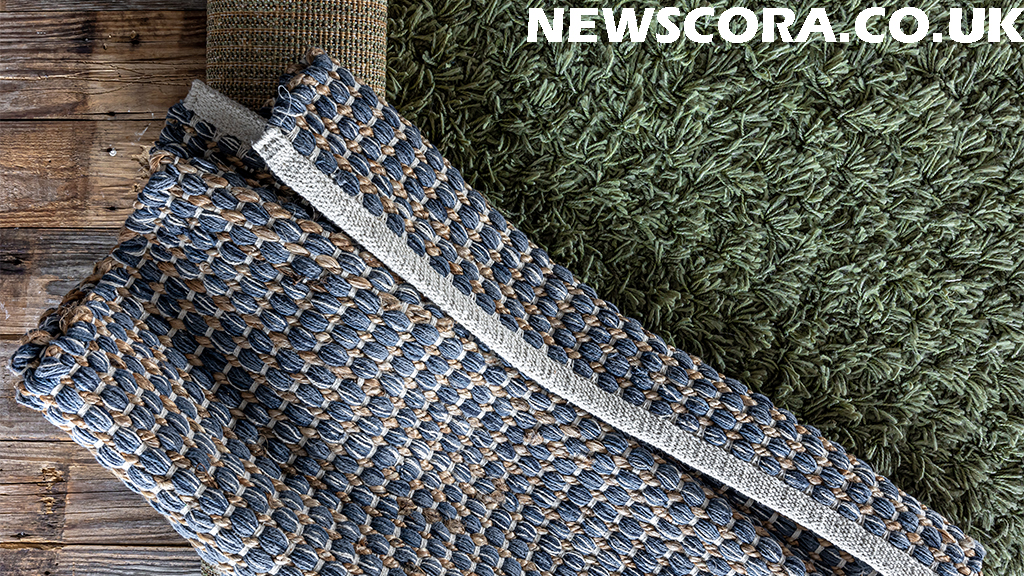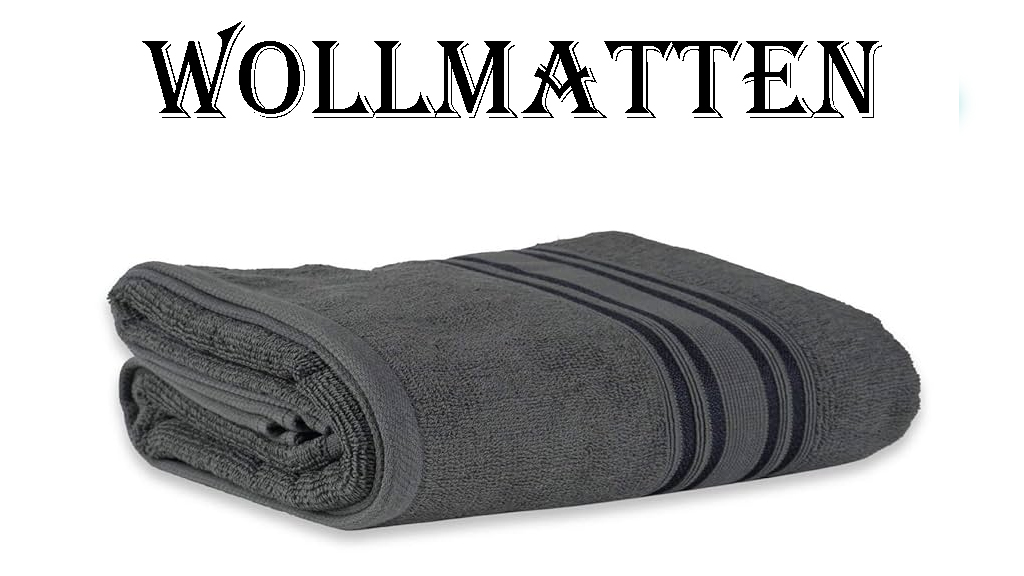When it comes to creating a home that feels cozy, healthy, and eco-friendly, natural materials play a big role. One of the most fascinating options is Wollmatten, the German word for wool mats. These mats are not only practical but also carry health and environmental benefits that make them a smart choice for modern living.
What Are Wollmatten?
Wollmatten are mats made from natural wool fibers. Traditionally used for warmth and comfort, these mats have evolved into versatile products for everyday life. Today, the term can mean:
- Natural wool mats – Handmade or factory-produced mats using untreated sheep’s wool.
- Wellness mats – Designed to neutralize indoor air pollutants like formaldehyde.
- Industrial mineral wool mats – Used in insulation and construction (though these are very different from natural wool mats).
For this article, we’ll mainly focus on the natural and eco-friendly version of Wollmatten, while briefly touching on their industrial use.
The History Behind Wool Mats
Wool has been a trusted natural material for centuries. From shepherds using it for clothing to households making rugs and bedding, wool has always been prized for its warmth, durability, and natural resilience.

In Central Europe, wool mats were often used in rustic homes as flooring or wall coverings to keep spaces warm during cold winters. Over time, people began appreciating not only the warmth but also the health and comfort benefits of wool.
How Wollmatten Work in Modern Homes
Natural wool mats today are much more than just floor coverings. Here are some common ways they are used:
- Yoga and meditation mats – Soft, grounding, and chemical-free surfaces.
- Air purification – Untreated wool fibers absorb harmful gases like formaldehyde and VOCs.
- Decor and comfort – Stylish mats that add a natural touch to any room.
- Eco-friendly bedding – Some people use thin wool mats under mattresses for better airflow.
Their natural structure makes them breathable, durable, and resistant to dirt.
Health Benefits of Wollmatten
One of the most unique features of wool mats is their impact on indoor health. Modern homes are often filled with synthetic materials that release harmful chemicals into the air. Wool, however, has the ability to neutralize these toxins naturally.
Key health benefits:
- Neutralizes toxins: Wool binds with pollutants like formaldehyde, reducing indoor air pollution.
- Regulates temperature: Keeps spaces warm in winter and cool in summer.
- Hypoallergenic properties: Wool naturally repels dust mites, making it great for allergy sufferers.
- Moisture regulation: Wool fibers can absorb and release moisture, helping maintain a balanced indoor climate.
Eco-Friendly Advantages
In a time when sustainability matters more than ever, choosing Wollmatten is a small but powerful step toward greener living.
- Biodegradable: Unlike synthetic mats, wool mats break down naturally without harming the planet.
- Renewable resource: Wool comes from sheep, and they produce a fresh fleece every year.
- Durability: A well-made wool mat can last for decades, reducing waste.
- Low-impact production: Especially when untreated, wool mats require fewer chemicals than synthetic alternatives.
This makes them a win-win for people who want comfort and a clear conscience.
Wollmatten in Construction: Mineral Wool Mats
While natural wool mats are used for comfort and wellness, mineral wool mats (also called stone or glass wool mats) play a role in construction.
- Uses: Thermal insulation, soundproofing, and fire protection.
- Advantages: Energy savings and safer building environments.
- Concerns: Older mineral wool mats (before 1995) can release harmful fibers. Safe disposal and modern replacements are essential.
If you come across old mineral wool mats during renovations, it’s best to consult local safety guidelines for removal.

Caring for Your Wool Mat
Taking care of Wollmatten is simple and helps them last longer:
- Shake them out regularly – Removes dust and dirt.
- Vacuum gently – Use a low-suction setting.
- Air them outdoors – Fresh air keeps wool clean and odor-free.
- Spot clean only – Avoid harsh chemicals; use natural soap and water.
- Refresh with lavender oil – A traditional way to keep mats smelling fresh and extend their life.
Where to Use Wollmatten at Home
Here are some creative ideas for adding wool mats into your daily life:
- Place one in your living room as a cozy floor mat.
- Use a small mat in your bedroom for a warm landing spot in the morning.
- Roll one out for yoga or meditation practice.
- Hang one on the wall as a decorative and insulating piece.
- Put one in a children’s play area for a safe, natural surface.
READ ASLO: Wheon.com Health News: Simple Wellness Tips and Latest Medical Updates You Can Trust
Why People Love Wollmatten
People are increasingly choosing natural over synthetic for health, comfort, and style. Reviews often highlight:
- A sense of warmth and grounding.
- Improved air quality indoors.
- Long-lasting durability compared to synthetic mats.
- Peace of mind from choosing something eco-friendly.
Final Thoughts
Wollmatten are more than just mats. They are a blend of tradition, health, and sustainability that fit perfectly into today’s eco-conscious lifestyle. Whether you want a mat for yoga, home decor, or better indoor air quality, wool mats are a reliable and natural choice.
By embracing natural materials like Wollmatten, you’re not only making your home more comfortable—you’re also supporting a healthier environment for yourself and the planet.
Frequently Asked Questions (FAQs)
1. What does the word “Wollmatten” mean?
It’s the German word for “wool mats,” typically referring to mats made of natural wool.
2. Are Wollmatten safe for people with allergies?
Yes. Wool naturally resists dust mites and mold, making it a good choice for allergy-prone households.
3. Can Wollmatten really absorb harmful toxins?
Yes. Untreated wool has been shown to bind with pollutants like formaldehyde and VOCs, improving indoor air quality.
4. What is the difference between natural wool mats and mineral wool mats?
Natural wool mats are eco-friendly, soft, and used for comfort. Mineral wool mats are synthetic, used for building insulation.
5. How long do natural wool mats last?
With proper care, they can last decades thanks to wool’s durability.
6. Are Wollmatten biodegradable?
Yes. Unlike synthetic mats, they decompose naturally without polluting the environment.
7. How do you clean a wool mat?
Shake it out, vacuum gently, and spot clean with mild soap. Avoid machine washing.
8. Can Wollmatten be used as yoga mats?
Absolutely! Many people use them for yoga, meditation, or relaxation because they’re natural and comfortable.
9. Do wool mats smell?
Fresh wool may have a light natural scent, but it fades. You can refresh them with lavender oil if desired.
10. Where can I buy Wollmatten?
They are available from eco-friendly home stores, wellness shops, and online retailers specializing in natural products.
Click for more amazing info. News Cora

